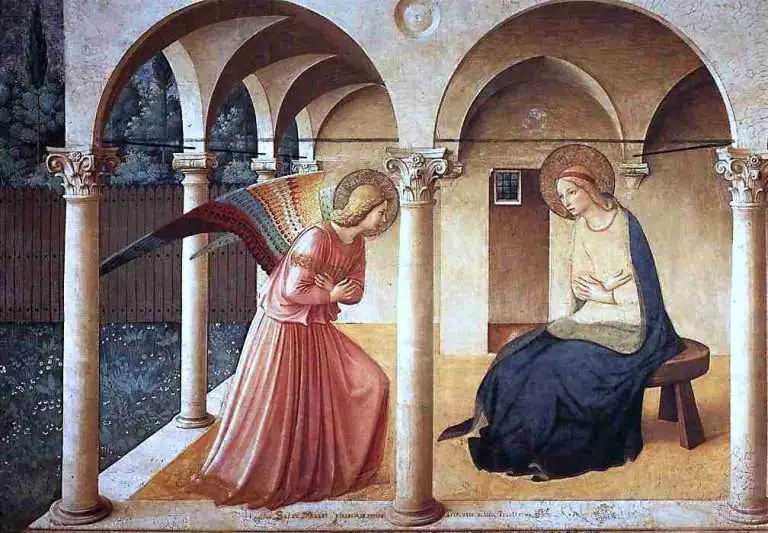Natale di Roma: Rome Celebrates Its Birthday

This post is about the birth of Rome, not about the birth of Christ. Both occasions use the word “Natale” in Italian. For posts about Christmas in Rome and Italy, click here.
Most city foundation stories are pretty straightforward. But the origin story of the city of Rome is more akin to something you would read in a comic book about superheroes.
According to city legend, Rome was founded on April 21, 753 B.C. by Romulus and named after him. The Natale di Roma, the birthday of Rome, is quite a complicated story.
Romulus, Remus, and Rome’s Origin Story
The basic points of the legend follow like this: Romulus and Remus, twin brothers born to royalty, were left abandoned by the Tiber River following a familial squabble and power grab. The boys floated down the river to the wilderness where a she-wolf suckled them in a cave called a Lupercal. Soon after, a shepherd named Faustulus and his wife found the boys and raised them as their own, never telling Romulus and Remus about the events that led them to their new family.
Later in life, still with the spirit, tenacity, and leadership qualities of wolves but also with the shepherding ability to command a flock, the twins led their followers to a bend in the Tiber and decided to found a city there. Romulus and Remus argued over whether to found the city on Palatine Hill (Romulus’s choice) or Aventine Hill (Remus). So they left the decision to the auspices, the study of birds for signs and omens that was a common practice in the ancient world.
Romulus saw a flock of 12 vultures, while Remus claimed to have seen 6 vultures (but to have seen them first). Nevertheless, Romulus claimed victory and began building a wall around his city on the Palatine. Remus, refusing to accept this outcome, scampered over Romulus’s new wall only to be killed by his brother.
Christopher Hibbert provides a more thorough explanation of the origins of Rome and the Romulus and Remus story in the opening pages of his book Rome: The Biography of a City. A classic source about the founding of Rome comes from Titus Livy who wrote extensively about the Early History of Rome. A quick summary of the Romulus and Remus legend is here.
Natale di Roma Celebrations in Modern Rome
Each year since 1870, following the unification of Italy and the resurgence of Roman mythology and history (a result of the country and city reclaiming its ancient roots in the wake of years of papal rule), the city of Rome has celebrated its birthday with special events, parades, concerts, and other commemorations at museums and public squares. Municipal workers get the day off.
Typical celebrations for the Natale di Roma include parades full of marchers in period costumes (as gladiators, sentries, vestal virgins, and caesars) and various events at the Campidoglio, Circus Maximus, Trajan’s Markets, the Forum, and museums, including the Capitoline. The Musei Capitolini, the two-palazzi city museum that flanks the mayor’s office, holds many treasures from Rome’s earliest days, including the Capitoline Wolf (Lupa Capitolina, pictured above), one of the most recognizable symbols of secular Rome.
Here’s an amateur video from a past parade. What a fun way to experience the history of Rome!
Post first published on April 21, 2015







